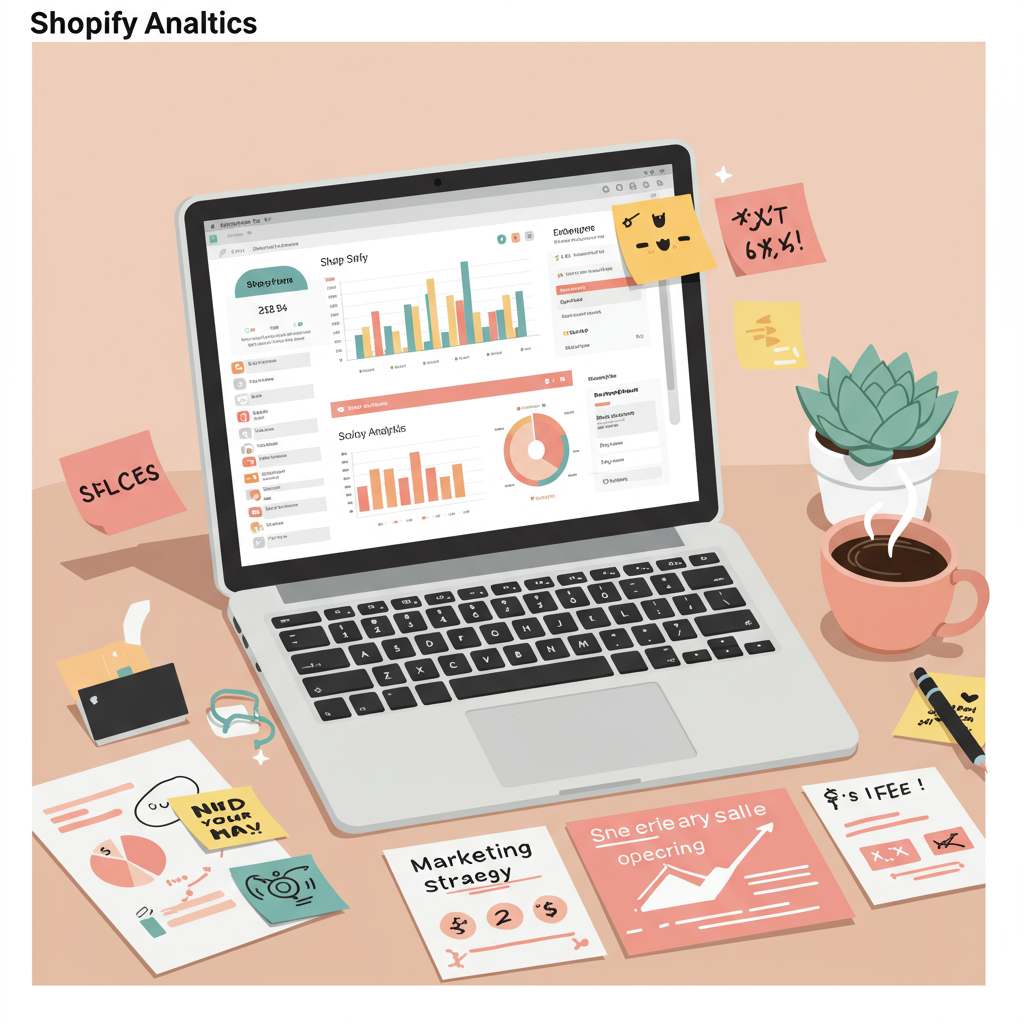My Essential Guide to Boosting Sales and Saving Time
Hello fellow Shopify merchants! Today, I want to talk about something that has truly transformed how I run my online store: marketing automation.
If you’re like me, you’re constantly looking for ways to optimize your time and maximize your sales without burning out. That’s where marketing automation steps in.
It’s not just a buzzword; it’s a powerful strategy that allows you to automate repetitive marketing tasks, ensuring your customers receive timely and relevant communications.
Think about it: sending welcome emails, reminding customers about abandoned carts, or following up after a purchase – these are crucial touchpoints.
Manually handling all these interactions for every single customer can quickly become overwhelming, especially as your business grows.
This is precisely why I embraced marketing automation. It frees up my time, reduces human error, and ensures a consistent customer experience.
For Shopify merchants, the beauty of automation lies in its ability to integrate seamlessly with your store data, allowing for highly personalized campaigns.
So, where do we begin? My first step was identifying the key areas where automation could make the biggest impact on my Shopify store.
I focused primarily on email marketing, as it’s often the most direct and cost-effective way to communicate with customers. SMS marketing also came into play for urgent messages.
The tools I considered ranged from Shopify’s native Flow app to more robust third-party platforms like Klaviyo or Mailchimp. Each has its strengths.
For simpler automations within Shopify, I found Shopify Flow to be incredibly useful. It allows you to create workflows based on triggers and actions directly within your admin.
For example, I set up a Flow to tag customers who made a specific purchase, which then allowed me to segment them for future targeted campaigns.
However, for more sophisticated email sequences and customer segmentation, I personally opted for a dedicated email marketing platform.
Let’s dive into some specific automation flows that I’ve found indispensable for my Shopify business.
**Abandoned Cart Recovery:** This is arguably the most critical automation. I set up a series of emails to remind customers about items left in their cart.
My first email goes out within an hour, a gentle reminder. The second, perhaps 24 hours later, might include a small incentive like free shipping.
**Welcome Series:** When a new customer signs up for my newsletter or makes their first purchase, they immediately enter a welcome sequence.
This series introduces them to my brand, shares my story, highlights popular products, and builds a relationship beyond just a transaction.
**Post-Purchase Follow-Up:** After a customer receives their order, I automate an email asking for a review, offering related product recommendations, or providing care instructions.
This not only encourages repeat purchases but also helps build social proof through reviews.
**Win-Back Campaigns:** For customers who haven’t purchased in a while, I trigger a “we miss you” email series, often with a special discount to encourage them to return.
**Birthday/Anniversary Emails:** If I collect birth dates, I automate a special offer on their birthday. It’s a small touch that makes a big difference in customer loyalty.
Setting these up involves defining your audience, crafting compelling copy, designing attractive templates, and setting the triggers and delays.
I always recommend A/B testing different subject lines, call-to-actions, and even timing to optimize your automation flows for maximum effectiveness.
Measuring the success of these automations is crucial. I regularly check open rates, click-through rates, conversion rates, and revenue generated by each flow.
This data helps me refine my strategies and ensure my automated messages are truly resonating with my audience.
My advice to you is to start small. Pick one or two key automations, like abandoned cart and welcome series, and get them running perfectly.
Once you’re comfortable, you can gradually expand into more complex sequences and explore other channels like SMS or even automated ad retargeting.
Remember, the goal of marketing automation isn’t to replace human interaction entirely, but to enhance it by ensuring timely, relevant, and personalized communication at scale.
It’s about working smarter, not harder, and building stronger, more profitable relationships with your customers.
I truly believe that implementing these strategies has been a game-changer for my Shopify store’s growth and efficiency.
What do you think about these automation strategies? Have you implemented any of them, or do you have other favorites? I’d love to hear your thoughts!






